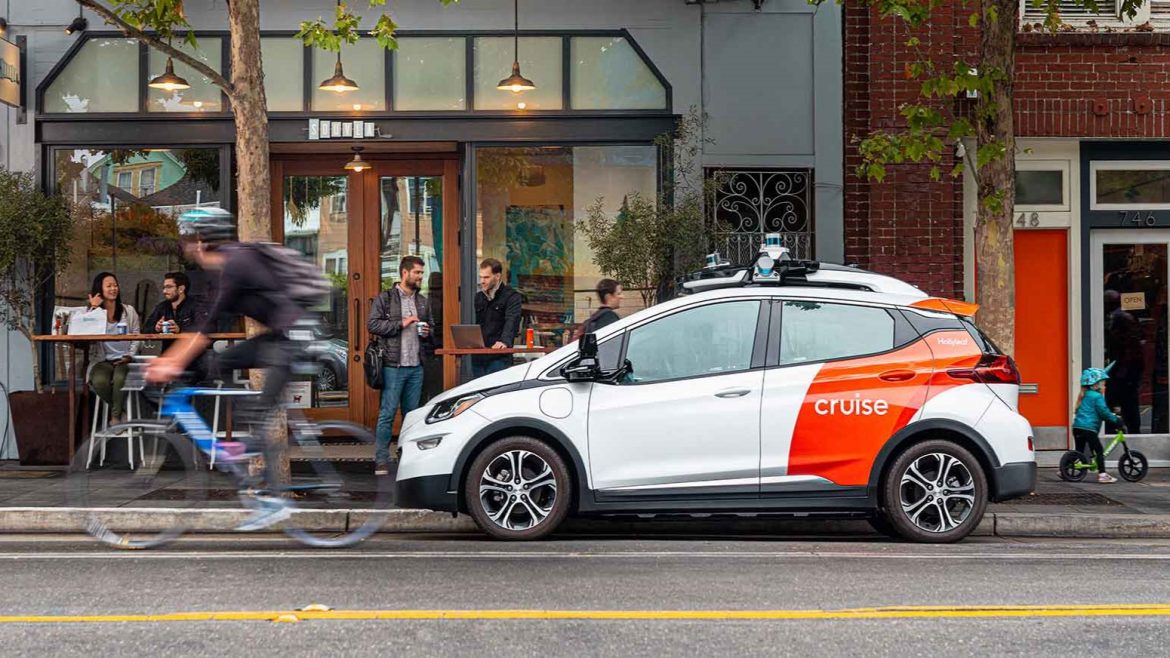General Motors’ autonomous vehicle unit, Cruise, is gearing up for a relaunch of its robotaxi service in an undisclosed city, weeks after California suspended its self-driving vehicles due to a recent accident. This move comes as Cruise initiates an extensive safety review, leading to the temporary suspension of all supervised and manual car trips within the United States. The company faced internal challenges, prompting the departure of CEO Kyle Vogt and Chief Product Officer Daniel Kan.
Rebuilding trust: Cruise’s strategic move
Cruise aims to rebuild public trust and regulatory cooperation by re-establishing its robotaxi service in a single city before expanding further. The company stated that it would concentrate on the Bolt-based Cruise AVs in the short term, with a more extended strategy involving the Origin—a multi-passenger vehicle designed for full autonomy without the need for human driver controls.
Cruise informed employees about impending job cuts, primarily in non-engineering roles, with detailed information expected in mid-December. GM’s finance chief, Paul Jacobson, is likely to address the financial impact during an analyst call on November 29.
Financial challenges for GM
GM’s autonomous vehicle unit, Cruise, incurred a loss of over USD 700 million in the third quarter and more than USD 8 billion since 2016. The recent challenges add to GM’s broader troubles, including higher labor costs under a new United Auto Workers contract, slower-than-expected electric vehicle sales, and new emissions standards. These issues have contributed to a 16% decline in GM’s shares this year.
CEO Mary Barra had previously outlined ambitious plans for Cruise, with expectations that it could generate USD 50 billion in revenue by 2030, forming a substantial part of GM’s strategy to double revenue to USD 280 billion.
City of relaunch undisclosed
Although the specific city for the relaunch remains undisclosed, it is unlikely to be San Francisco, where the recent accident occurred, resulting in the suspension of Cruise’s license for operating driverless rides. Cruise has operations in Phoenix and Austin, cities where regulatory support has been more favourable.
As part of its previous expansion plans, Cruise had sought permission from the National Highway Traffic Safety Administration (NHTSA) to deploy up to 2,500 self-driving vehicles annually without human controls. However, without government approval, GM cannot deploy the Origin on public roads.
Cruise’s relaunch strategy aims to navigate regulatory challenges and regain confidence in its autonomous vehicle technology, essential for GM’s broader vision for the future of mobility.



